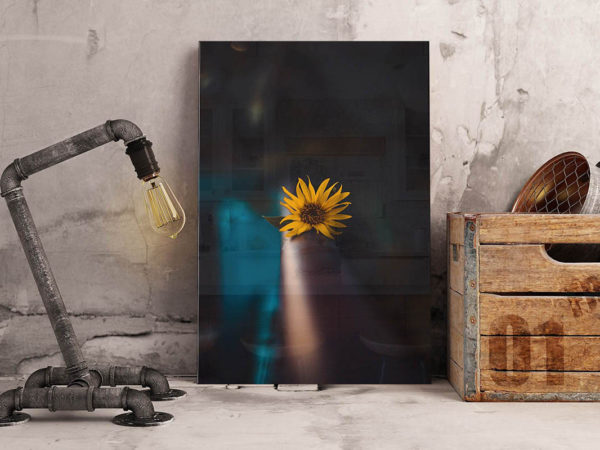Photo on Glass

Photo on glass
Hello everyone, since the Photo on glass are precious works and every day we like to apply them to our furniture and decorative objects, we will clarify their application on different surfaces.
Today they touch us in glass. For this work I have had the collaboration of Herminie Hernández, companion of the Facebook group, Restaurant with the Workshop of the Ancient and expert in this technique, on all its surfaces, a lot of practice and effort required.
For this tutorial I give you his experience and his advice and his own texts and comments that he sent me by email.
Image Transfer onto Glass
We clean the jar well to remove all the dirt and grease and dry. Next we have to spread the gel on both surfaces. I do it first on the glass since it takes longer to dry. A thin capita, in both directions, that covers the entire surface well.
It does not matter if we go beyond the limits of the image because then it easily jumps when it is dry with the tip of a cutter or even the nail. And then we give another layer in the image. It is very hot here and it dries quickly … so I give several thin layers of the senses to make sure it is well covered. Nor too much, that does not get to soak the paper (you know, when the other side already begins to look wet). And as soon as possible we put the image on the glass. I make sure that the gel on the glass is still wet, otherwise I will pass the brush both ways.
The trick is that when the two surfaces come into contact the gel remains wet on both. That there is no piece of dry or gel free because logically there is not going to transfer. In the following image we apply it from left to right.
Pictures Transfer
Next we place the image in the place that we want (this wonderful gel gives you a couple of minutes in which you can correct the position thing that with the latex you cannot) and we crush very well so that it adheres on the glass. I have done it with a credit card and it is perfect.
We see that the picture has been fixed, if we try to move it now we will break it. We insist carefully but pressing hard.
We give it both ways and paying special attention to the edges because then it is where it is easier for the transfer to be lifted. And now to wait … I leave it all night, but with the heat that it is already with 5 or 6 hours I think it is more than enough.

Removed Layer
The long awaited moment arrived!! We wet the fingertip in water (not dripping, just damp) and we make circles on the image.
Then we see how the pulp of the paper that supports the image is lifted. We are moistening the fingertips every bit (when we see that our finger dries) and we continue like that slowly and without squeezing too much … as if stroking the image. Cellulose jumps easily, effortlessly. Little by little our image appears … it is a pleasure to see how it is forming! We continue until we have removed the first layer of cellulose. Now we let dry again.

Removing Paper
Once the image has dried, a whitish layer appears indicating that there is still cellulose to be removed. We repeat the operation … we wet one or two fingers and again we make circles to continue removing paper.
Of the four cups in the photo nº 4, the two whitish ones correspond to having removed the first layer of paper and having let dry (step 3) and the other two when I have already removed paper for the second time. Again we let dry … and if when it has dried again we see whitish remains we repeat the operation … we moisten the fingers and clean again. And so many times it is necessary until that whitish rest has disappeared.
But always always letting it dry once and again, if we try to remove all the paper at once insisting and squeezing we will only be able to lift the transfer.
Photo on Glass
Normally with a couple of times all the cellulose disappears and they remain as seen in the following photos. ¡¡We already have our image transferred! Our glass transfers. Now we carefully clean the surroundings of the image, I have done it with a cloth and a little solvent.
And we have it ready to protect it, either with the same Photo Transfer gel, or with latex. With the gel it is completely matt and with latex it is brighter. That already to everyone’s taste, bright or matte.
Well, here the final result of the entire project of Photo on glass in glass.
To finalize this Post I would like to state that generally with transfer products, we must prepare the surfaces, with paint or primer in this article and successively we show you how to work with non-porous surfaces, and without preparing, we have only achieved this result with the Photo on glass or Transfers by Mary Paint, like its acrylic enamel it has the property of adhering to any surface, porous and non-porous and besides being acrylic it supports water. It is important that in work without pore let the product dry until it cures and hardens.
